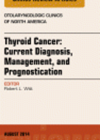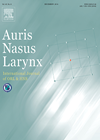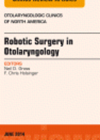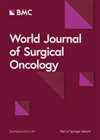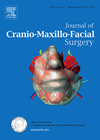
Journal Reviews
Thyroid cancer: to dissect the neck or not?
This is a good review of the much-debated management of the neck in thyroid cancer. It discusses oncological goals that must be achieved whilst maintaining voice, swallowing and parathyroid function. A clear description is made of the common nodal basins...
Risk factors for post tonsillectomy bleeds
This paper reviews post-tonsillectomy bleeding in 692 patients and attempts to tease out risk factors. The overall bleed rate of 11.6% seems very high. The return to theatre rate was 2.6%. The paper identifies male patients and adult patients as...
In the future there will be robots
This edition of review articles encompasses the emerging techniques of robotic surgery, written by international experts from centres that are increasing their repertoire of procedures. The treatment of oropharyngeal cancer is challenging irrespective of modality, as oncological and functional outcomes...
CT and intraoperative nerve monitoring to identify non-recurrent laryngeal nerve during thyroid surgery
A non-recurrent laryngeal nerve (NRLN) is a rare (incidence 0.3% to 1.3%) anatomical variant that results in a higher rate of vocal cord palsy following thyroid surgery. This team from China examined the utility of preoperative CT and intraoperative nerve...
Extranodal natural killer / T-cell lymphoma in the head and neck
The authors present a retrospective single institution review of patients with a very rare variant of non-Hodgkin lymphomas (NHL). They report on the occurrence, clinical course and outcomes of their patients with natural killer / T-cell lymphoma (NKTCL) nasal type....

